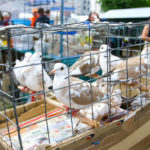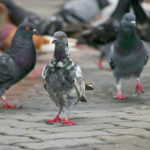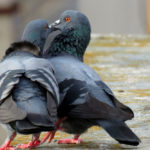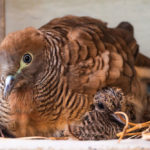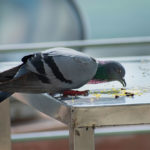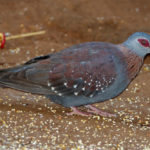You’d be forgiven for believing that less pigeons are out throughout the winter months because they, like other birds, migrate south for the winter, but is this true? In the winter, where do all the pigeons go?
So, Do Pigeons Migrate?
No. Despite what some people may think, pigeons do not migrate during winter months, or any other time of year for that matter.
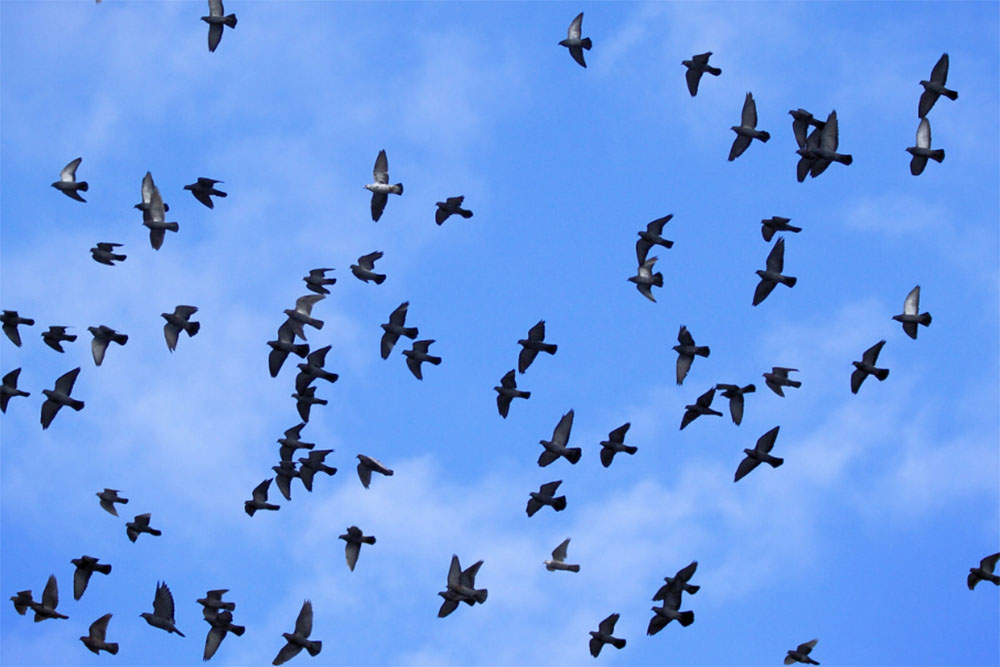
Instead, these birds opt to find somewhere warm to hide when the temperatures drop. Pigeons will build their nests in warm roof ventilation systems, lofts, and other warm areas.
For the wintertime, wild pigeons that are nearer to their parents may migrate south.
Why Don’t Pigeons Migrate?
That’s a fascinating topic, and part of the solution is that these birds aren’t indigenous to the United States. In the 16th century, settlers brought pigeons to the country.
They do not move and instead reside and breed on steep cliffs across Europe, North Africa, and Asia. They’ve done a good job of adapting to city life, adopting tall skyscrapers as home cliffs.
They are simple to train as homing, racer, and courier birds due to their great homing ability. Another nonnative bird, the house sparrow, is also nonmigratory.
Pigeons will stay as long as you provide an appropriate area for them to reside, feed, drink, and feel safe from the environment.
Pigeons are frequently seen in regions where they have unrestricted access to your food and food trash, as well as places to perch, nest, and eat.
Pigeon poop can be found anywhere there are pigeons.
Cars, seats, pavements, billboards, structures, and outdoor constructions are all littered with pigeon excrement.
Pigeon droppings are not only unattractive, but they are also corrosive, especially if they are not removed promptly. If substantial accumulations are present, even plants and flora are at danger.
Large patches of faeces are breeding grounds for a hazardous fungus known as histoplasmosis, which assaults the circulatory tract and can be fatal to individuals who are exposed.
How Do Pigeons Survive The Winter Months?
Pigeons decrease their exposure to the cold surfaces in the winter by curling their feet and head, fixing their plumage, and squatting to keep their bodies warm, much like they do when sitting on their nests.
They also congregate, form swarms, and live in groups at night to exchange warmth.
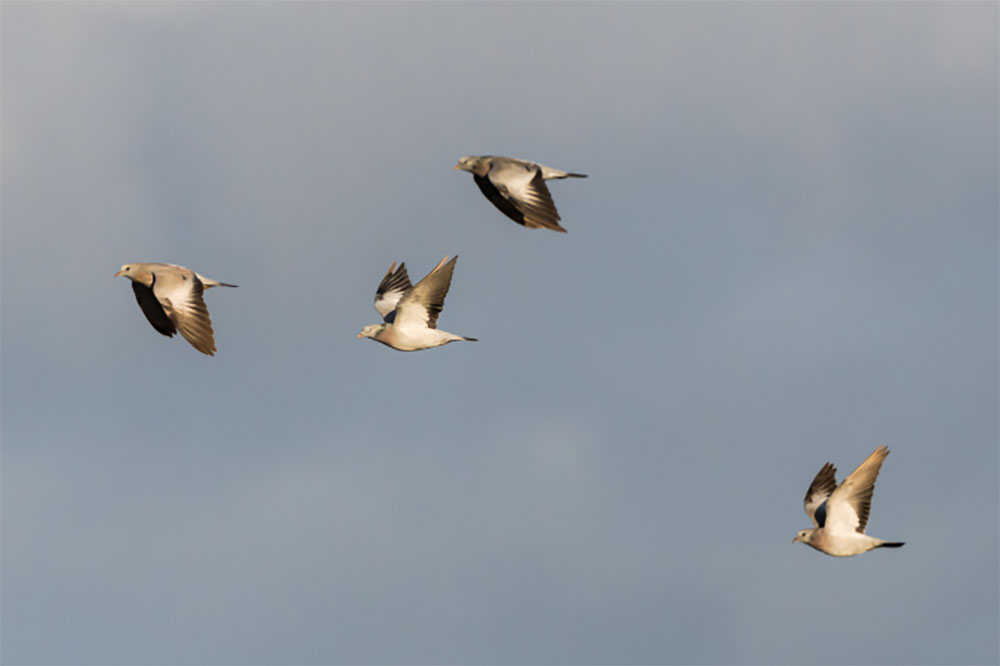
Likewise, Scandinavian Wood Pigeons are seasonal, and while many travel through England on their way to France and Spain in the autumn, others unavoidably spend the winter in the United Kingdom.
The exact point at which a pigeon would freeze to death or die from hypothermia is unknown.
You can use 40 degrees below zero as a starting point for predicting when a pigeon will turn into an icicle. Pigeons were subjected to low-temperature conditions in one experiment.
Feathers provide the most protection against the cold. Several bird species acquire extra plumage in late October to provide them with added security over the winter.
The grease that covers their plumage provides another level of insulation and protects them from the elements.
Pigeons, like humans, have warm blood, so they do get cold. These animals can withstand temperatures as low as –40 degrees Fahrenheit.
Non-migrating mixed breed pigeons are tougher and less vulnerable to the cold. They are more ready to deal with the cold, although they can still get a cold and even die in extreme temperatures.
This is especially true if their wintertime residences are compromised.
Pigeons can also die of hypothermia if they get wet or drenched in moisture and are unable to thermoregulate by expanding their plumage.

